Do you really know which warm up methods exist and how to perform them? Well, in this post we will be talking about different types of warm up and the benefits for every type of workout.
Warm Up methods and its benefits
The warm-up can be defined as “the preparatory and introductory part of a physical activity of considerable effort and/or as the initial phase of any type of sporting session”, being in the beginning a set of generic activities that turn to more specific at the end.
Warming up is of great importance to prevent injuries and to prepare us physically, physiologically and psychologically before a physical-sports activity, being able to increase the performance between 1% and 7%.
Let’s see the most important warm-up methods!
ACTIVE WARM UP:
Active warm up seeks preparation for motor activity through an increase in body and muscle temperature through physical actions or activities that the athlete actively performs. A good active warm up will not only raise our body temperature, but will generate certain metabolic and cardiovascular changes. The blood vessels dilate to accelerate the flow of oxygen to the muscles that are working allowing to increase oxygen volume, heart rate and post-activation potentiation.
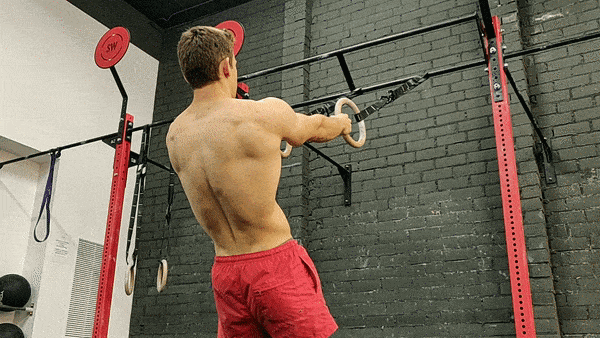
Within the active warm-up in the same session, we must perform a general warm-up and a specific warm-up, in order to ensure optimal warm up that globally affects all body structures.
• General active warm up:
This part should always precede specific warm up. Its objective is to activate the respiratory, cardiovascular and central nervous system functions. We have to work globally and with exercises that warm large muscle groups. (rowing, rope, bicycle …).
• Specific active warm up:
It is the continuation of the previous one, and seeks the reproduction of similar gestures and in situations similar to those of the exercise in question in order to be prepared for maximum performance.
STRETCHING DURING THE WARM UP
For the type of training that most athletes usually perform, moving heavy loads at considerably high speeds, whether external or body weight itself, a warm-up protocol in which in a unique and / or priority way we perform static stretching (positions held in that the muscles and connective tissues passively reach the greatest possible length) are not as appropriate.

Several recent studies have shown that static stretching could have an adverse effect on the speed of muscle contraction, and therefore could harm those athletes who perform sports of strength, power and speed. Static stretching is more suitable for the period of return to calm at the end of training, always gently or in a session where we look for a specific job of flexibility.
For this reason, it is much more advisable (in case of stretching during warm-up), to perform dynamic stretching (not maintained positions in time for a long time), where the antagonistic muscles are stretched by the contraction of the agonist muscles of the action performed.
FOAM ROLLER AS A DYNAMIC STRETCHING METHOD
The foam roller or can be used as a complement in general warming. This is because it can improve the range of movement of the joints and muscles that involve the areas that will be mainly worked in the next session without impeding or decreasing strength. It has the following effects in relation to the warm up:
– Improves blood circulation through the skin, fascia, muscles, tendons and ligaments.
– Helps increase joint mobility, flexibility and elasticity of soft tissues. This is achieved by decompressing areas with a lot of tension (trigger points).
– Stimulant of proprioceptors and mechanoreceptors.
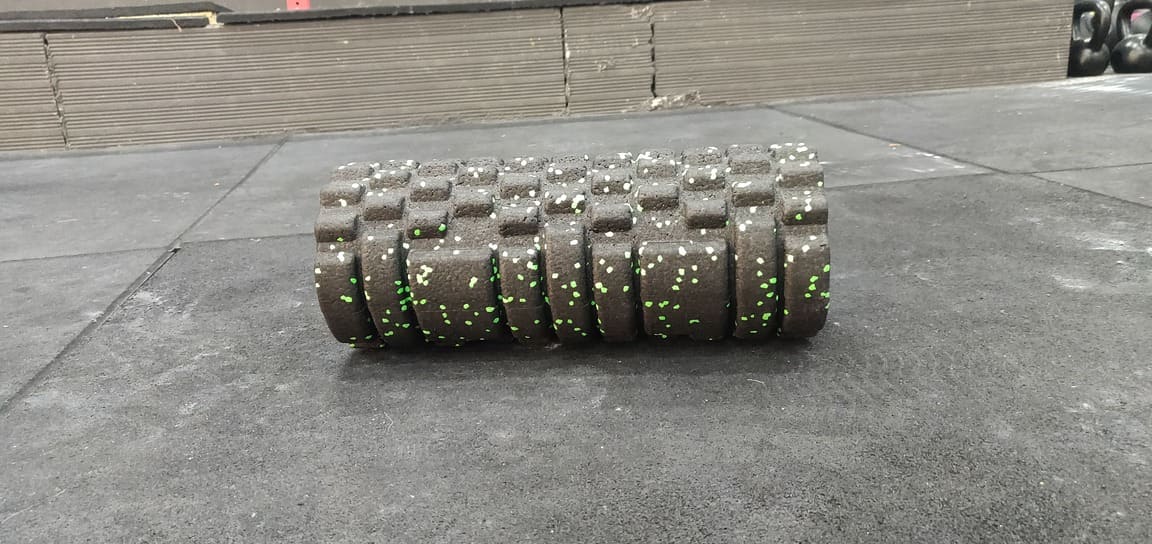
The current bibliography suggests that, to achieve optimal results in reference to the time of use, they are achieved using it between 20 and 30 seconds per zone, accumulating a total work of 4 to 6 minutes.
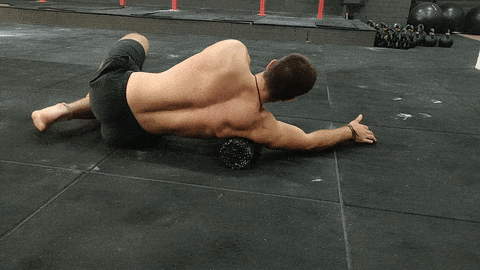
Results of studies that compare between dynamic stretching and the use of “foam roller” reveal that dynamic stretching is more effective to enhance performance. However, there is no reason not to be able to do both, especially if we have the necessary time to perform both protocols.
POST-ACTIVATION POTENTIATION (PAP)
Finally, for those who perform strength training, the PAP can be a very useful tool to improve performance temporarily during the session.
PAP means that the ability of the musculature to manifest a large amount of force in a short time is increased after subjecting the muscle to maximum or submaximal contractions.
In the previous approximation series (pyramid system) to the effective series, perform single-repetition series that requires a force production at greater intensities than our objective intensity in the effective series, allowing to increase the power of muscle contraction in the series effective due to the realization of a maximum voluntary contraction.
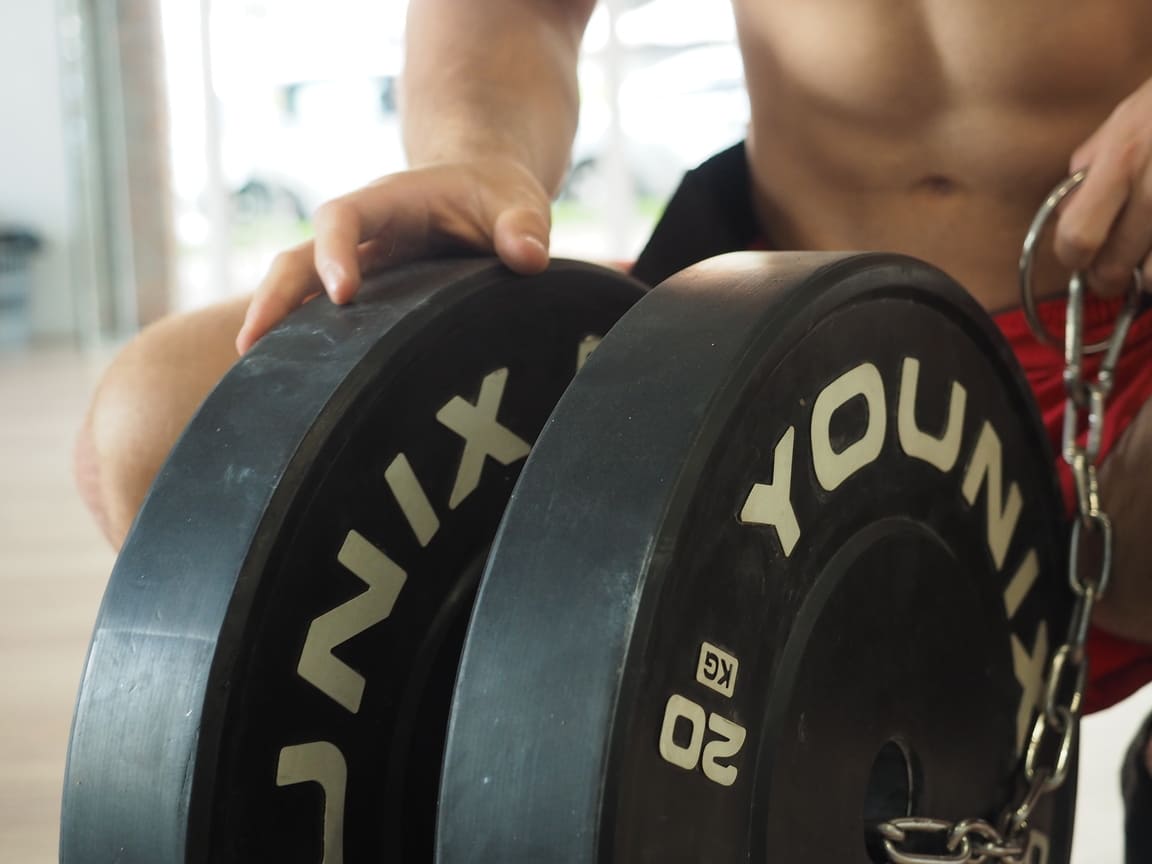
The main idea of the PAP method should be to work with a series of a heavy repetition, above the effective work that we will perform later. This allows to increase the power of muscle contraction in the effective sets due to the realization of a maximum voluntary contraction.
As an example, performing a 60kg weighted pull up before the sets of 4 repetitions with 50kg.
CAUTION: always without failing the repetition and without being helped during the rep. If the repetition is too demanding, fatigue will appear, which would mean a decrease in neuromuscular performance.
This warm up method is quite advanced, and works especially well in experienced people.
OTHER WARMING METHODS: PLYOMETRICS AND RECIPROCAL INHIBITION
When the effective work series are series close to the maximum (90 – 95% RM (Max repetition)) the PPA method fails. In these cases, we can use 3 very effective methods:
• Isometric supramaximal series:
Using more weight than we will use effectively, but without movement, just holding it.
• Plyometrics:
Performing 2 or 3 sets of 3 to 5 repetitions of plyometric actions before the heavy series will reduce the time between the eccentric phase and the concentric phase, which will allow the repetition to be carried out at a higher speed.
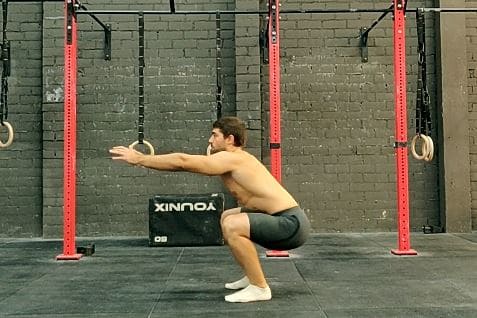
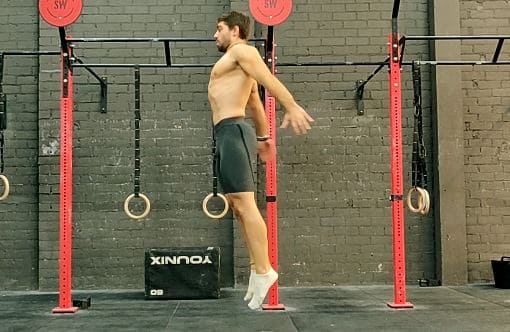
• Reciprocal warm up inhibition:
It is a technique with enormous potential, if done correctly it can improve the lifts by 6 to 22%. When a muscle contracts, it sends a reciprocal inhibition response to the opposite muscle to allow a range of normal joint movement, that is, the opposite muscle relaxes to allow the agonist muscle to contract.
WARM UP DURATION
The warm up does not have a maximum set time, its timing will depend on the intensity and duration of the posterior activity.
• Long warm-ups:
In general, the warm-up of athletes whose main sport or activity is based on strength – hypertrophy, power, low volume and high intensity of training or competition.
• Short warm-ups:
In general, periods of hypertrophy (discharge), muscular endurance, high and medium volume – low training or competition intensity.